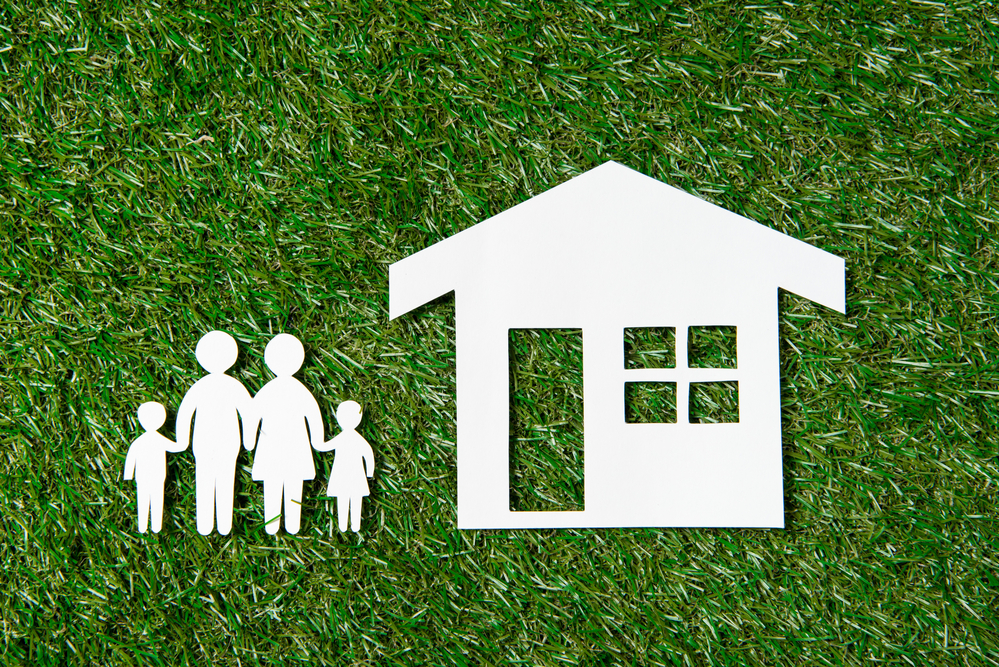A Comprehensive Guide to Auto Insurance
Whether it be home, medical, or another type of insurance, finding the right package for you and your family can be a daunting task. Although insurers do their best to minimize the descriptions of their coverages and promote them in layman’s terms, there are several formulas involving variables that hold both ethical and numeric values. Furthermore, some may even think insurance is unnecessary because the chances of major mishaps occurring are slim. Let us analyze why auto insurance is a good idea.
Why Should You Get Auto Insurance?
Firstly, car insurance is required by law almost everywhere. General auto insurance plans cover extraneous events, such as your car being stolen, vandalized, or destroyed. Although auto insurance protects the driver, laws mandate insurance to protect other drivers from you.
The Basics of Auto Insurance
Liability
This part of the auto insurance accounts for the damage you inflict on other parties in an accident or other mishaps, covering property and vehicle damage. Almost all popular insurance policies provide this.
Injury
Another type of auto insurance is injury liability, which accounts for the cost of damage–whether it be injury or death. Injury liability covers claims for loss of income, claims for compensating damages because of legal action, and medical bills. This type of liability does not cover your own medical bills.
Property
Property damage is one of the most difficult to avoid and cover. This accounts for any property damage you inflict to another vehicle, real estate, or landscaping. Although not required in most states, it is good to have in order to protect yourself from unforeseen circumstances.
Uninsured/Uninsured
Something that can blindside you if you are uninsured is the other party involved in the accident being uninsured or underinsured. This sort of coverage protects you from having to spend exorbitant amounts to pay for damages that the one who caused the accident could not.
How Much Coverage Do You Need?
Auto insurance coverage levels are represented by three number formats: XX/XX/XX. The first pair of numbers represents the injury liability maximum for an individual. The second set represents the injury liability maximum for all persons in the accident. The last two numbers represent the property damage liability maximum.
Each state has varying levels of minimum requirements. For example, California’s requirement is 15/30/5, which are $15,000, $30,000, and $5,000 respectively. You want to maximize this coverage, because the less coverage you have, the more liable you are to front money for accidents.
Final Thoughts
Having insurance is ensuring you are protected from the many avenues of harm or damage that are prevalent. Although you might be a fantastic driver, you cannot trust others to be as careful, and mishaps unfortunately happen.
To be sure to get the coverage level you need, compare insurance rates online to find the best deal within your state. On top of that, make sure you account for the sources of damage that have the most potential of happening. For instance, if the area you live in is known for having tons of traffic, you would want to get collision coverage. Different insurance companies have varying insurance policies with different levels of coverage, and it is easy to compare them online.



